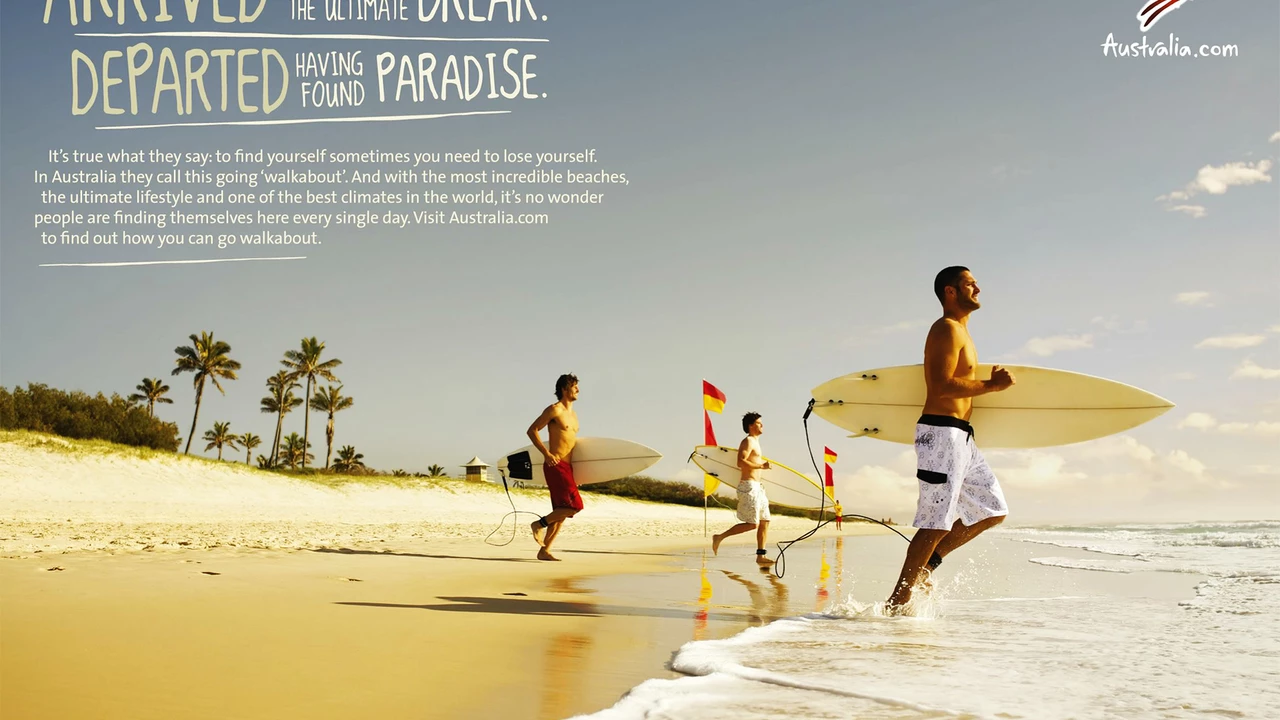
The Birth of Seaside Tourism
For many of us, going to the beach is synonymous with summer. But have you ever wondered when this tradition began? Believe it or not, seaside tourism has a rich and fascinating history. Before the 18th century, the sea was often seen as a dangerous and scary place, filled with unknown creatures and unexplored depths. The idea of spending time there for pleasure would have been considered absurd. It wasn't until the mid-1700s that the aristocracy started visiting the seaside for its supposed health benefits.
The Health Benefits of Sea Air
In the 18th century, physicians began recommending the seaside for its therapeutic qualities. The sea air was believed to have healing properties, particularly for conditions like tuberculosis. Wealthy individuals started making trips to the coast to “take the waters” – a phrase used to describe both bathing in and drinking seawater. This led to a growth in seaside resorts, particularly in Britain, where towns like Brighton became popular destinations for the upper class.
The Invention of the Bathing Machine
In the early days of seaside tourism, there were strict rules about modesty and decency. This gave rise to the invention of the bathing machine – a small wooden hut on wheels that could be rolled into the sea. Users could change into their bathing suits inside the machine, then step directly into the water, effectively maintaining their privacy. The bathing machine was a common sight on beaches during the 18th and 19th centuries.
The Impact of the Industrial Revolution
The Industrial Revolution in the 19th century brought significant changes to society, including the way people spent their leisure time. With the advent of railways, seaside holidays became accessible to the working class. Towns like Blackpool in England saw a huge influx of visitors, leading to the development of piers, amusement parks, and other attractions.
The Evolution of Beach Fashion
Beach fashion has seen a dramatic evolution since the early days of seaside tourism. In the 18th and 19th centuries, modesty was paramount. Women wore bathing dresses that covered most of their bodies, while men wore one-piece suits that covered their chests. It wasn't until the 20th century that more revealing swimwear became popular, with the introduction of the bikini in the 1940s.
The Birth of Beach Sports
Beach sports have also played a significant role in the popularity of beach tourism. Sports like beach volleyball and surfing began to take off in the early 20th century, particularly in countries like the USA and Australia. These sports not only provided entertainment for beach-goers but also helped to promote a healthy, active lifestyle.
The Influence of Popular Culture
Popular culture has played a significant role in shaping our perceptions of the beach. From the Beach Boys' sunny songs about California surf culture to movies like 'Jaws', the beach has been a central theme in music, film, and literature. These representations have helped to elevate the beach from a simple natural resource to a symbol of freedom, youth, and fun.
The Environmental Impact of Beach Tourism
While beach tourism brings many benefits, it also has a significant environmental impact. Issues like littering, habitat destruction, and pollution threaten the health of our beaches. It's important to remember that our actions have consequences, and we need to do our part to protect these precious environments for future generations.
The Future of Beach Tourism
The future of beach tourism is uncertain. With the impacts of climate change, many of our beloved beaches are at risk. Rising sea levels, increased storm activity, and changes in temperature could drastically alter our coastlines. However, with increased awareness and action, we can work towards preserving these spaces for future generations.
Conclusion: An Ongoing Love Affair
In conclusion, our love affair with the beach has a long and rich history. From the aristocratic seaside visits of the 18th century to the mass tourism of today, the beach has remained a popular destination for relaxation, recreation, and rejuvenation. As we look to the future, it is our responsibility to ensure that these beautiful spaces are preserved for generations to come.